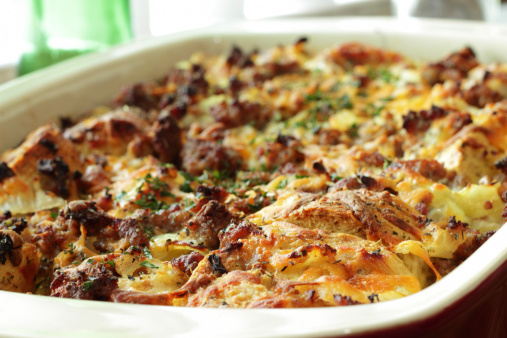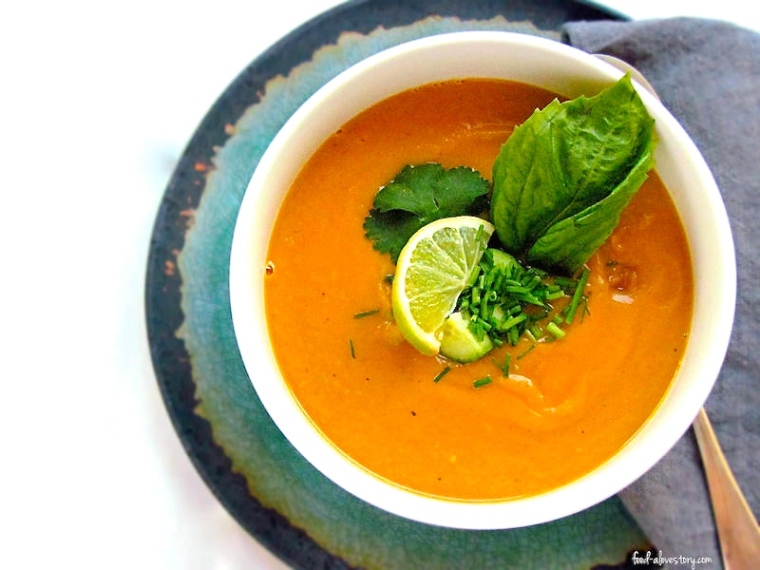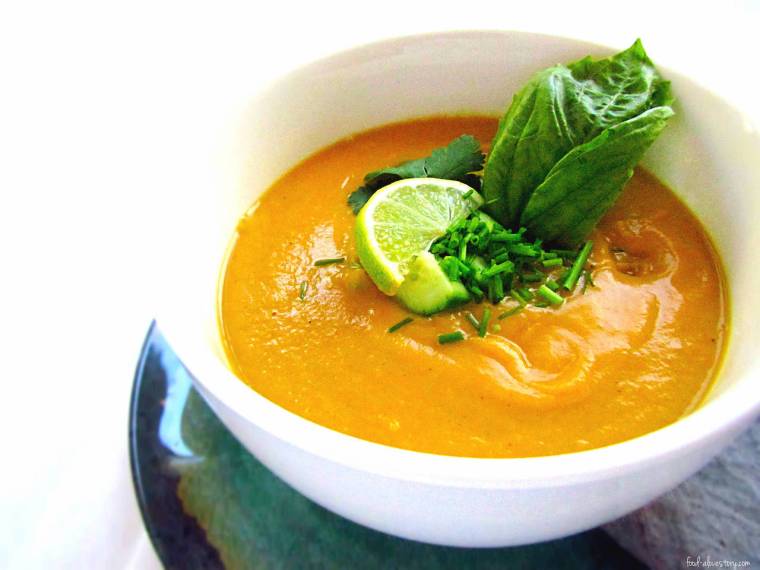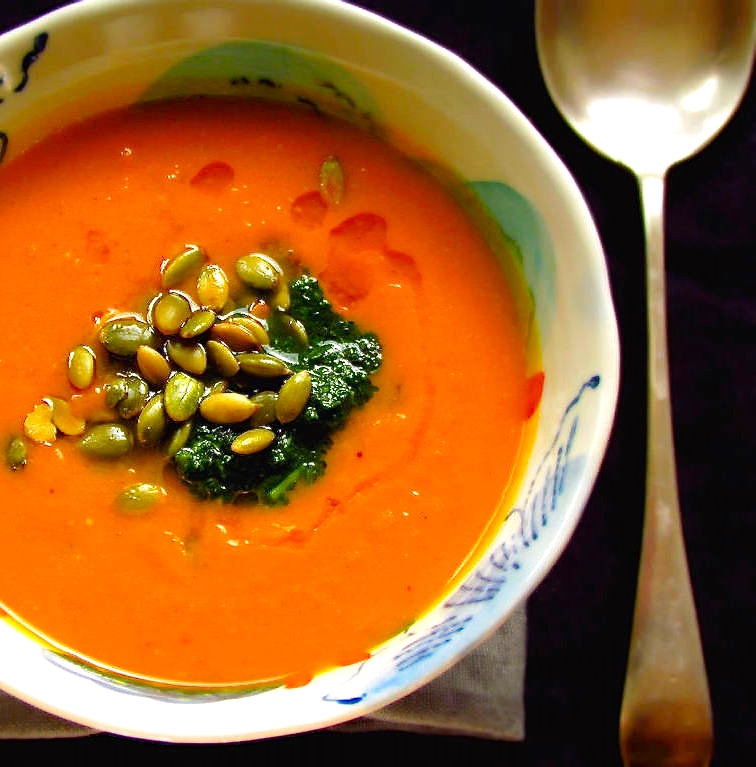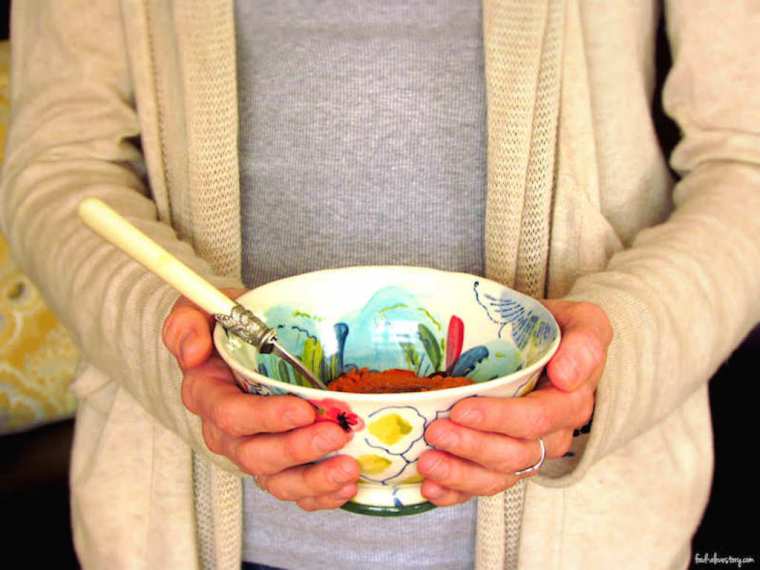 Hello my loves, I was working on this post when I very suddenly had the very good news that my trip to India was on. So now I sit in a cafe on the Ganges, sipping a masala chai, feeling so blessed to be here, and particularly enlivened by a day spent in the company of the most revered (as they say in India) Dr. Vandana Shiva.
Hello my loves, I was working on this post when I very suddenly had the very good news that my trip to India was on. So now I sit in a cafe on the Ganges, sipping a masala chai, feeling so blessed to be here, and particularly enlivened by a day spent in the company of the most revered (as they say in India) Dr. Vandana Shiva.
This quantum physicist turned ecological warrior has been declared an environmental hero by TIME magazine. She is powerful and brilliant, yet grounded, kind, and feminine as she passionately, clearly speaks of her mission to restore the world to its natural wholeness and integrity, starting literally from the ground up.

She is undoubtedly a Durga, informed by the Swaraj and Ahimsa concepts of Gandhi and Indian Vedic culture. It’s as if she is the Divine Mother herself, rising up to protect our earth, our water, our children, our individual health, our global health. “Life itself, in all its systems, is part of an inseparable whole,” she reminds us quoting Chief Seattle, “Man did not weave the web of life, he is merely a strand in it. Whatever he does to the web, he does to himself.”
Today Dr. Shiva spoke of seeds, soil and food. Everything she said resonated, resounded even. In particular and relevant to this post, since being told by my dermatologist that I may have a nickel allergy and therefore to avoid most of the foods that are my usual staple including leafy greens, many vegetables, most of my favorite fruits, as well as seeds, legumes, nuts and grains, I have been thinking quietly about how upside down it is to turn the earth inside out, digging up the ground of our own dear mother to extract metals. Treasure perhaps, useful of course, but ultimately, is it ours to take? Is it worth upsetting the integrity of life itself? Is the short term worth more than the long term? When we see the damage we are causing on a global scale, is this what we want to give our children and grandchildren?
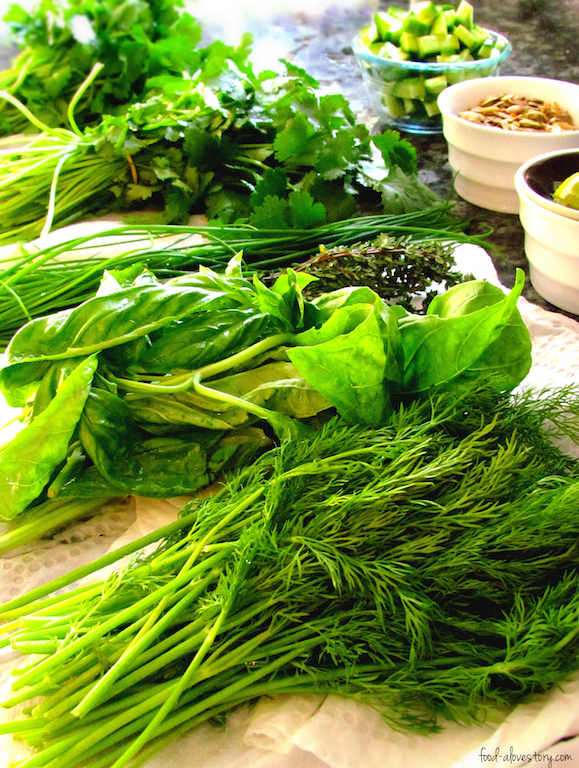
Over and over, Dr. Vandana spoke of the health risks that are exponentially growing – autism, alzheimers, cancers – because of our food, and the toxins used to grow the genetically modified seeds it is grown from.
I know we need nickel, oil, energy, etc. Of course, it’s impractical to think we would turn back the clocks. Yet, the numbers speak for themselves – 1 in 10,000 children had autism 30 years ago. Now it’s 1 in 68 according to the CDC. At these rates, MIT Researchers warn that half of all American children will be autistic by 2025.
Staggering, isn’t it?
I guess what I love most about Dr. Vandana is that she asks us to remember that all life has the right to life, even the plants, soil, seeds, rivers, earth.
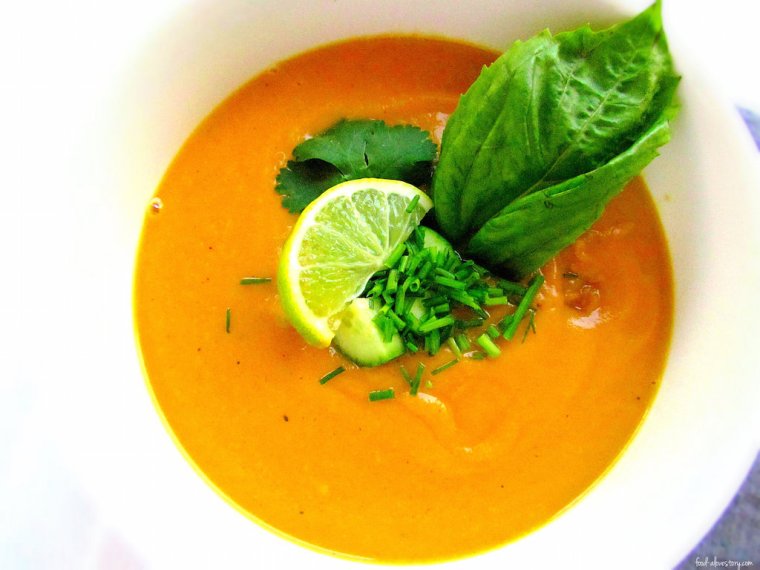
On a more practical front, the original purpose of this post was to share with you a list of foods to avoid if you have nickel allergy, as well as a list of helpful sites and references I’ve searched out as there is little on the web about it. Finally, since thankfully I can have sweet potato and coconut, I offer you a divine recipe for a hearty, warm lunch or dinner meal.
Here is the list of foods one can eat ~
Blueberries, Coconut, Citrus, White Rice, Eggs, White Fish (have to be careful it isn’t full of mercury or fukushima nuclear waste – choose north atlantic fish), Dairy (only cheese + yogurt for me. if it is not fermented i can’t tolerate it) Zucchini, Cucumber, Sauer Kraut, Sweet Potatoes, Potatoes, Beets, Cilantro, Ginger, Turmeric, Garlic (cooked, never raw), Coffee (add coconut cream and 1 t coconut oil for anti-inflammatory benefits), Blackstrap Molasses, Maple Syrup, Honey, Dijon Mustard, Mayonnaise – ONLY if it does not have soybean or safflower oil. (
Sir Kensington, sold at Whole Foods, is the only brand I’ve found, but homemade is most delicious, and fresh!)
Also, here is what I’ve learned regarding supplements, but please know I am not writing as a doctor and none of this is a prescription for anyone. I am only sharing what I am doing and what seems helpful. Please seek the advice of your (conscious) healthcare provider if you are concerned about food allergies.
*
~ The “experts” say that taking Vitamin C and Iron with meals is helpful. MSM is also said to be beneficial so I take EmerGenC with MSM every morning before breakfast. I also take Zinc tablets to keep the immune system strong.
*
~ Quercetin supplements were suggested and I have noticed it helps. I take 2 a day.
*
~ Zeolite is also known to be a good chelator. I took 1-2 tablets daily for a month.
*
~ Cilantro and Chlorella chelate heavy metals so ideally you will have a teaspoon of every day. I know people say Chlorella should be taken 30 minutes ahead of cilantro. If anyone has that proof, please post the links or send it along. Until then, I believe the body is smarter than that, and will be happy with the two together, or whenever I can remember!
Sweet Potato Soup
2 orange Sweet Potatoes
1 T Ghee (or coconut oil)
1 Onion, chopped 2” piece fresh Ginger, thinly sliced and peeled
1 T Curry powder
2 cups Coconut Milk
3 cups Vegetable Broth (low sodium)
juice of half a Lemon
1/2 t pink (himalayan) salt, or to taste
1 T toasted sesame oil
1/2 cup chopped fresh cilantro
Lime wedges
*
Preheat your oven to 475 degrees F. Pierce your sweets a few times with a fork. Place them in a baking pan and then set on a rack in the middle of your oven. Roast until you can pierce with a fork, about 30-40 minutes. Remove and allow to cool.
*
Melt the ghee in a soup pot over medium heat. Add the onion and ginger, and stir until the onion becomes translucent. Stir in the curry and sauté for 1 minute. Pour in the vegetable broth. Bring to a boil, then reduce heat to low and simmer for about 5 minutes.
*
Remove the skins from the sweet potatoes and cut into bite size chunks. Add to the soup and cook a few minutes to reheat them. Add the coconut milk, and stir well. At this point, you can blend with an immersion blender or in your electric blender. You can also just mash the potatoes a bit with the back of a spoon and enjoy it as a chunky stew. Turn off the heat. Squeeze in a bit of lemon juice to taste and season.
*
Ladle into bowls and drizzle lightly with toasted sesame oil. Garnish with cilantro and a wedge of lime. Dill, basil, chives and thyme each seemed they’d have something to offer this soup, and since I had friends over when I made it, I decided to play with flavors. I chopped up all the herbs and put them out each in their own little bowl so everyone could garnish to their heart’s desire. It’s a delightful color and taste combination.
If nickel allergy affects you, you will find more information and research with these links ~
*
this chart of nickel and nickel-free foods is the one my doctor gave me as a printout.
* these are more extensive lists of foods:
nickel in foods and
the nickel allergy diet. the lists are somewhat conflicting because it often depends on where the food is grown and what is in the air, water, soil.
*
Remember too, that with a nickel allergy you can’t have anything out of a can – no sparkling water, no coconut water, nothing! And always ask for bottled sparkling water when you go out, because tap water can contain nickel.
*
Have you heard of nickel allergy? Do you have any kind of food allergy or intolerance? If so, how do you manage it best? I’d love to hear your experiences.
*
As always, let life love you. Enjoy whole foods as an expression of life’s love for you.
Eat whole. Be whole.
Namaste!























































